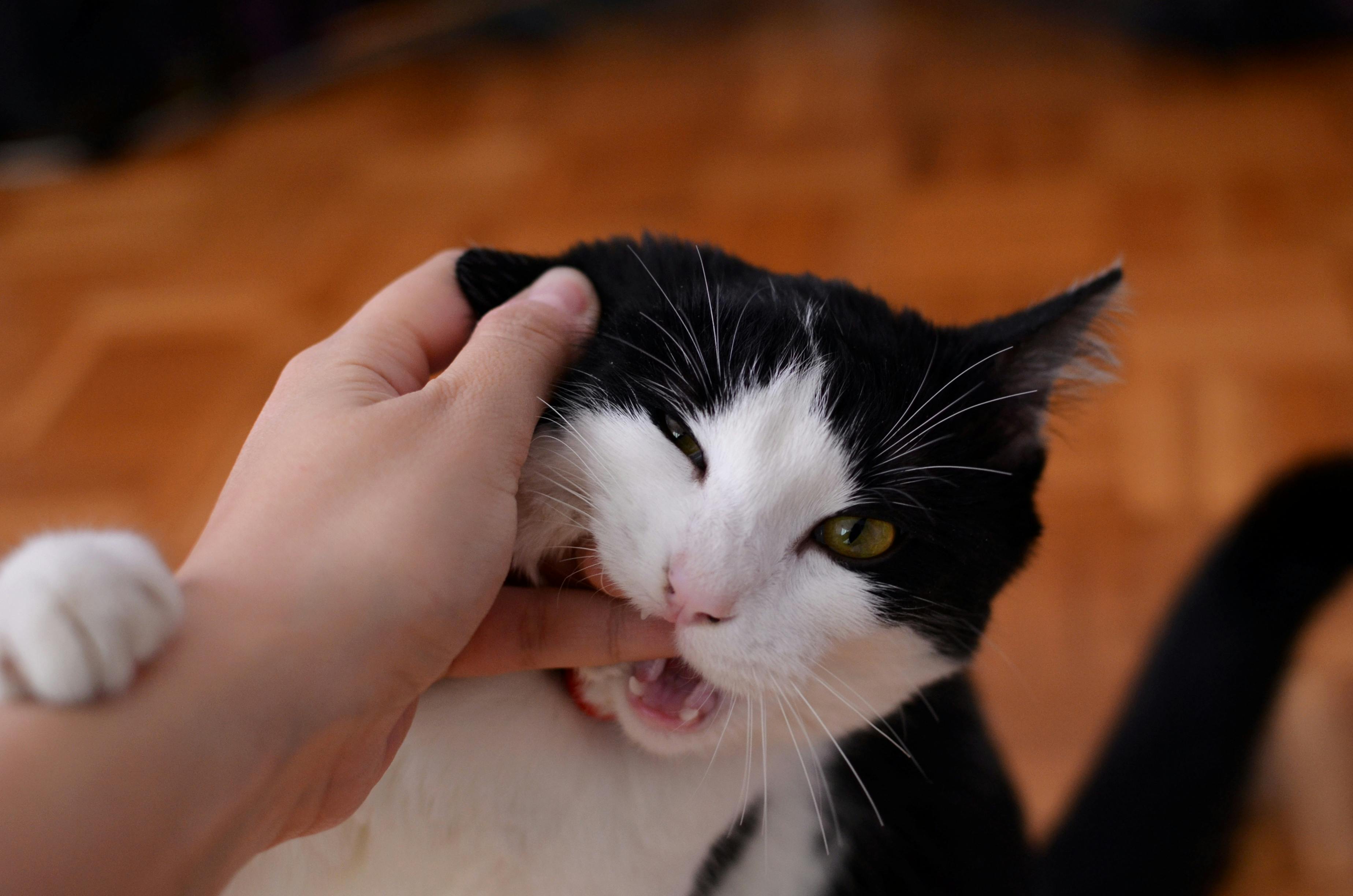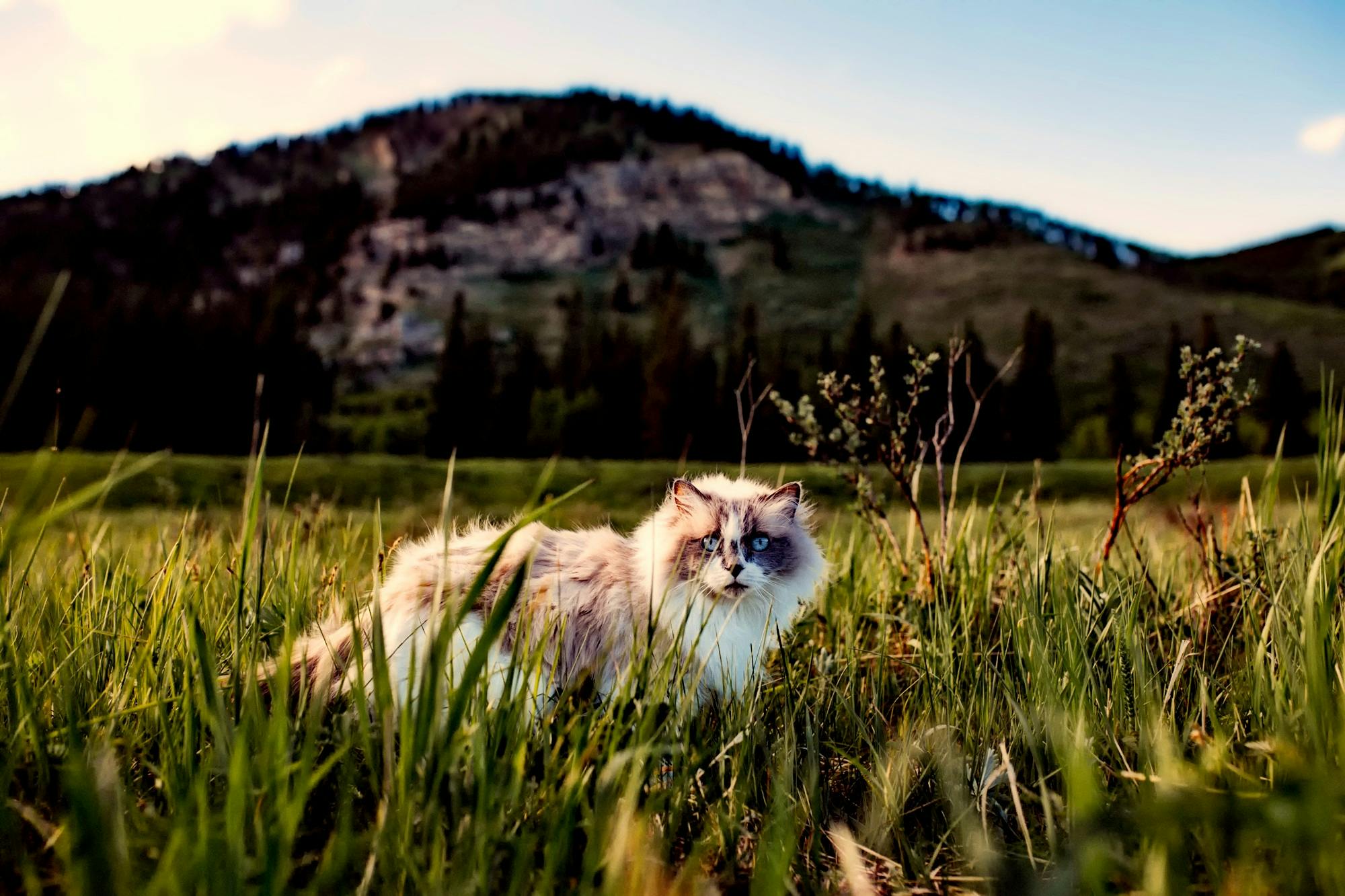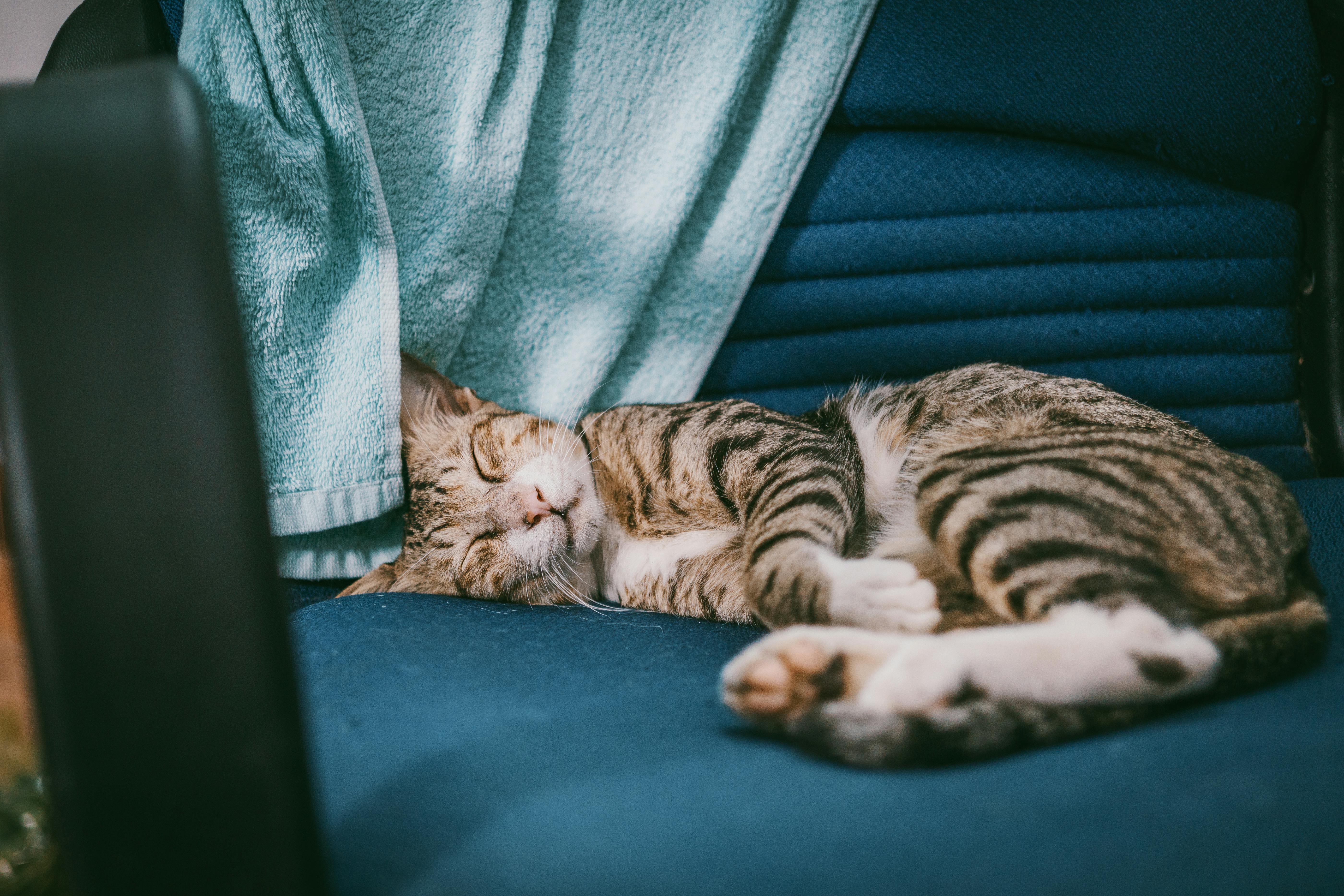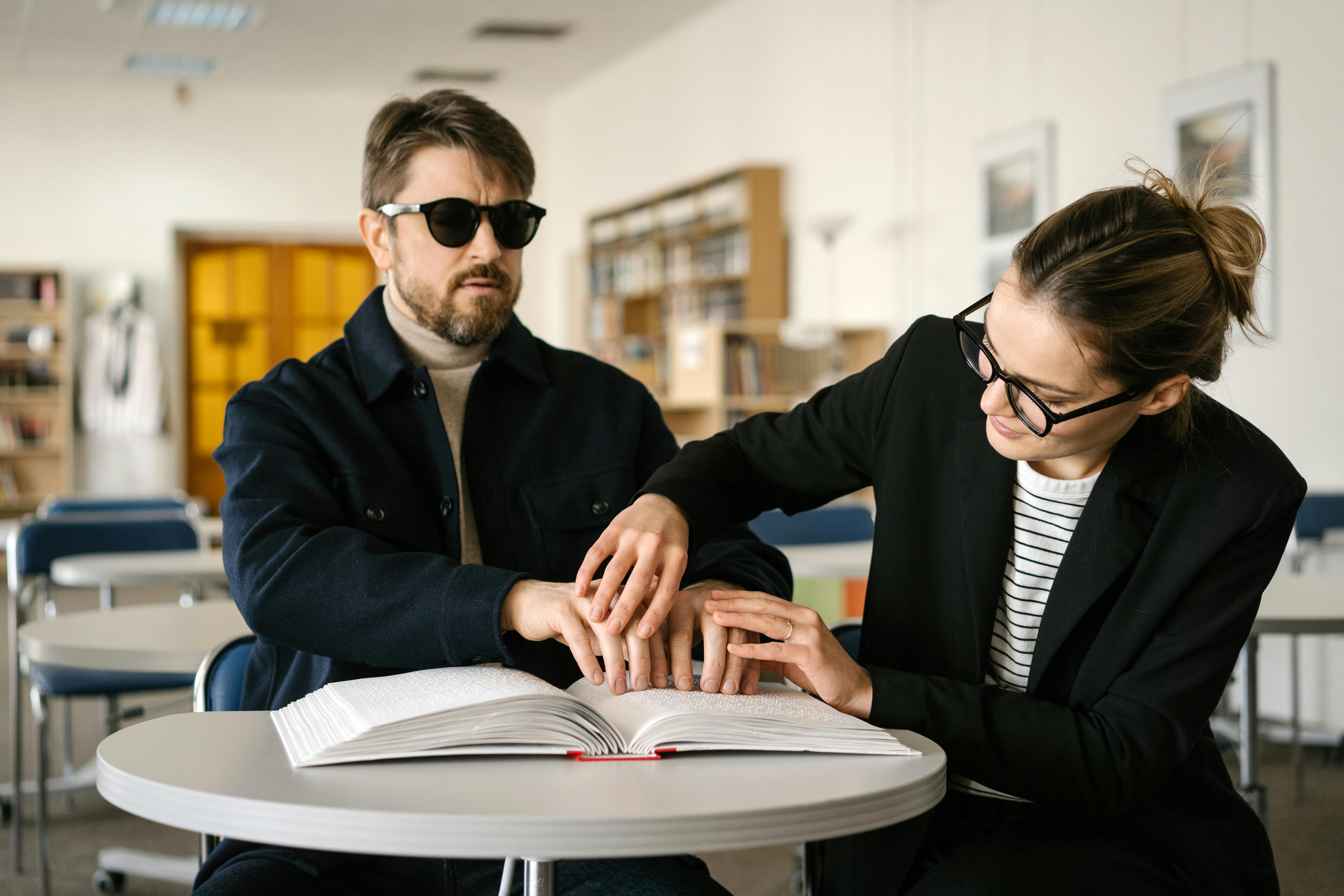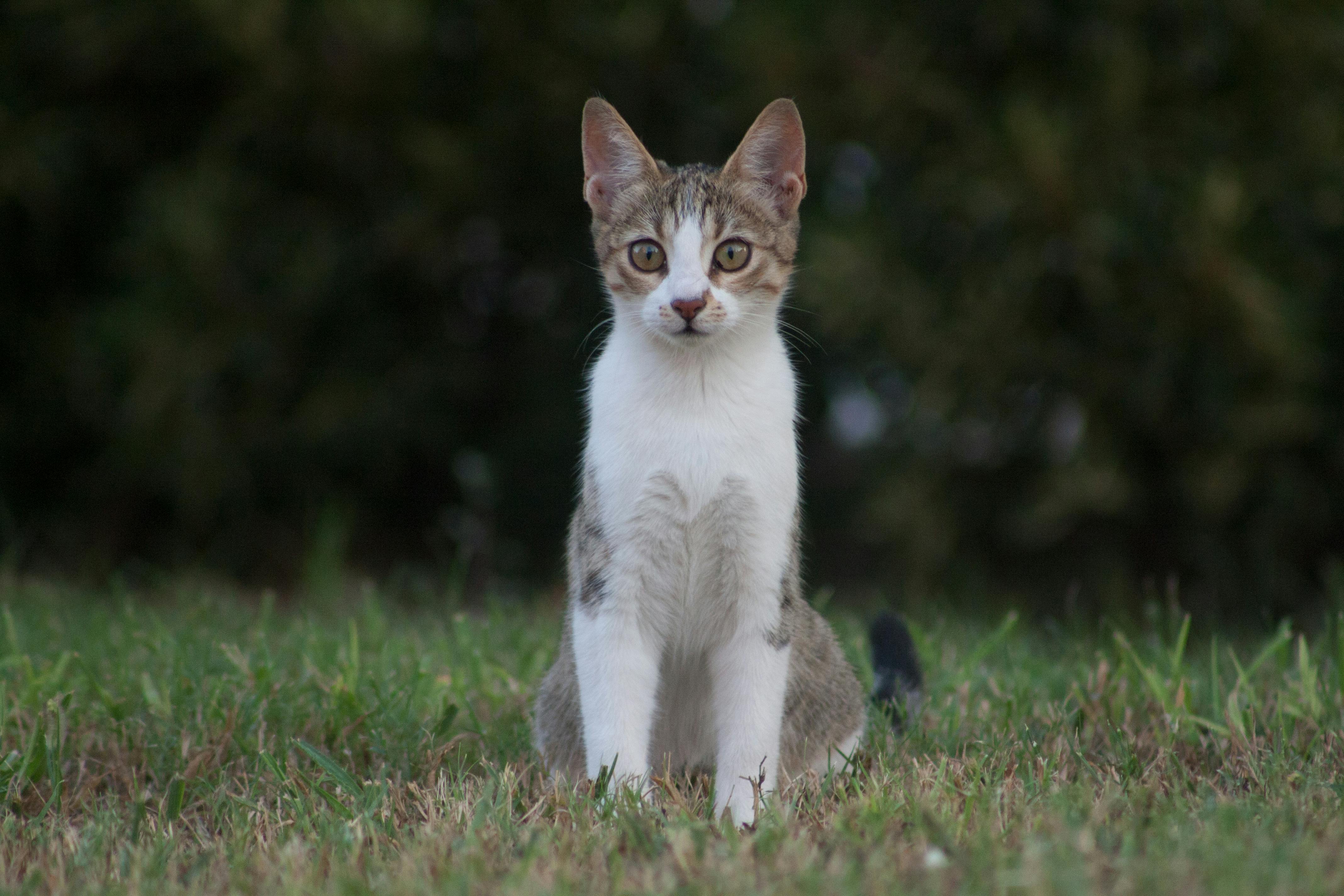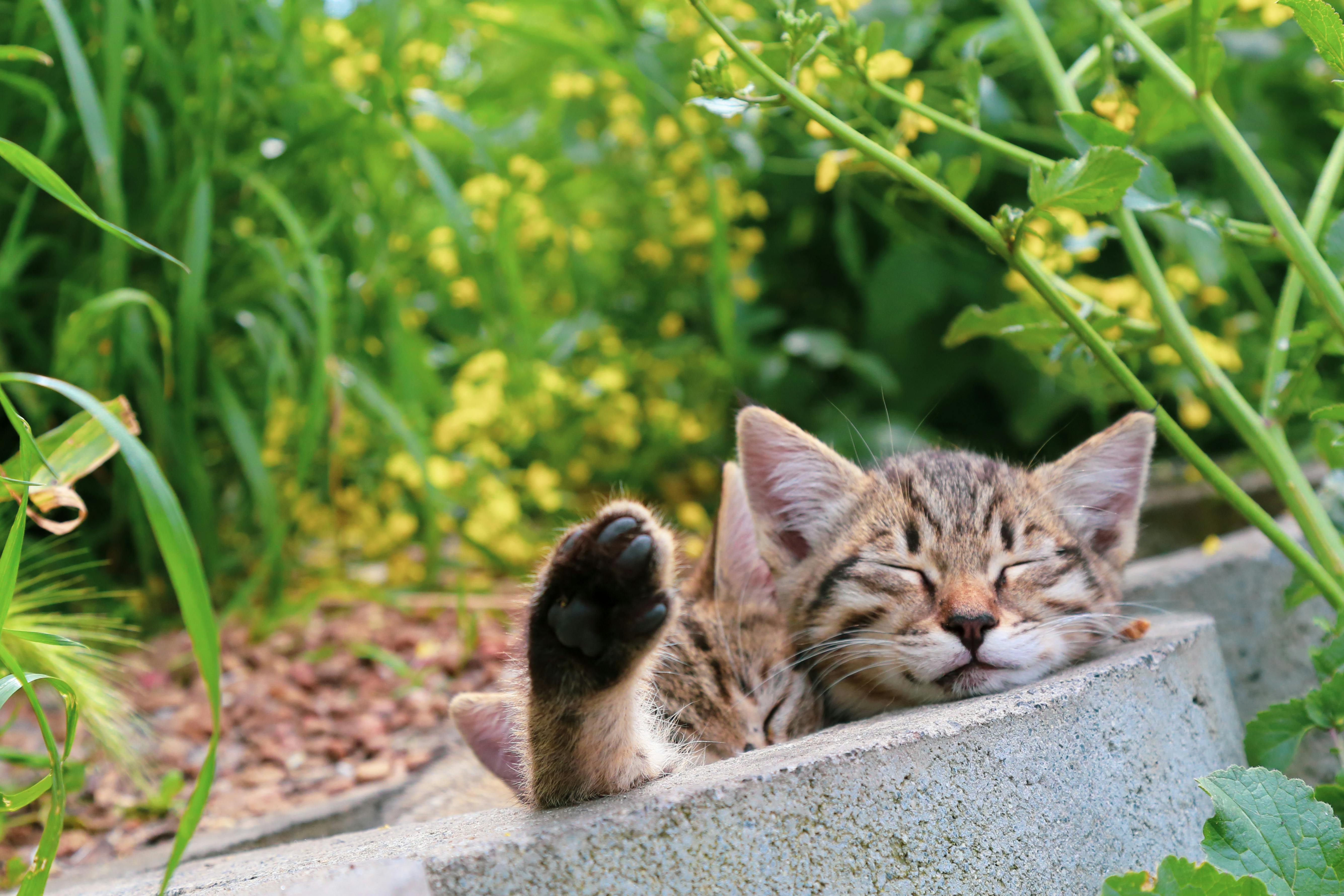I watched with great interest the film documentary Mother India: Life through the Eyes of the Orphan (2012). With 31,000,000 orphans in India, this film briefly invites us into the lives of 25 orphaned or abandoned young people (ages three to 25) who live along the railway line in South India. I have been thinking a lot about India, which is suffering intensely from COVID. The world today is sending material help, blessings and best wishes to our global neighbors, our sisters and brothers in India.
David Trotter and Shawn Scheinoha, who made the documentary, first traveled to Tenali, Andhra Pradesh, a population of 300,000, in 2004. We met Geetha, Reddy, Nagareju, Lakshmi, Kotegwari, Polayya, Yellapah, Satkyananda , Aadamma, Yesu, Abdullabi, Baachir, Chilipada, Raja, Ramu, Sekar, Siva, Gopi, P. Gopi, Hussen, Kiran, Mark, Nageswararao, Nami and Narendra, such exquisite names, brilliant human beings worthy of our consideration. David and Shawn interviewed the children and tried to see life through their eyes. Young people sleep together on cement or dirt floors littered with needles and condoms. Some sleep in store fronts. They wrapped themselves in blankets to avoid mosquitoes and to be recognized as an exploitable youth.
Children ask passing train passengers for money for food, sometimes first “cleaning” or sweeping the floor of the carriage, and then holding out their hands for one or two rupees (one or two cents). At the end of the day, they may have a dollar or two to buy food. The leader of the group was the helpful Reddy (“I only have my mom; she hit me, so I left”), in his early 20s but with more than 10 years living on the streets. Reddy would bring the group together to help each other. Lakshmi was abused by a foster father who burned her with a hot steel bar. When her boyfriend saw her talking to another guy, he forced her to put her hand under the train. She lost two fingers. Crying, she said that she had a baby, but that she died when she was three days old. Satkyananda’s parents died in a bus accident. Nagareju’s parents beat him and he ran away. A third of the children were missing a limb, often from falling while jumping on the train (jumping train). The children first wanted to show David and Shawn their injuries: missing fingers, hand, arm, leg, deep injuries. That is an important unhidden but generally ignored component of the pain they carried.
“Not upstairs, but in,” David and Shawn decide to leave their comfortable, air-conditioned room at the Gotham Hotel and sleep with the homeless young man on the concrete and dirt floor. They experienced, if only for one night, exposure to extremely hot weather and a large number of biting mosquitoes. Waking up early, they saw children huddled together, a security group like a group of puppies, mounds of people covered in blankets. The children brush their teeth in the pit with their fingers and the dust produced on the spot by rubbing the bricks together.
Young people are invited to go to a fair where everyone is having fun and having fun, with games and rides, distracting their constant attention from having to survive. All the children had “bad habits” to numb the pain in their bleak lives. Some smoked or chewed tobacco, and others, dangerously sharing needles, injected themselves with an unknown substance, which “took away their sadness.” Some were “puffing” fumes from rags soaked in Erazex, the 50-cent “White-Out” concealer, “so as not to feel the pain of police beatings, winter cold and rain, and mosquito bites.” The burial site of a young man who died three weeks earlier of an overdose is filmed.
The children were sexualized, the older children abused the younger children. Geetha recounts the sad story of being sold to the red light district, sex for money. By chance, two men who recognized him took him back to the youth hostel. Clasping her hands in prayer, Geetha says, “I am grateful to these two men.” HIV/AIDS is common among these young people.
However, they have hopes and dreams. His eyes can still light up. “I want to have my own business and enjoy life like a normal person.” “I want to be a mechanic.” I want a good house and get married. “I want to have a house for myself.” David and Shawn turn to their friends at Harvest India to place the two youngest children, siblings Kotegwari, a seven-year-old girl, and Polayya, a three-year-old boy, into their main orphanage. The group fills a bus and goes to see the orphanage, where they get a haircut, shower, new clothes and a delicious meal of chicken, assorted curries, rice and yogurt. The children were radiant, “walking differently,” with freshness, self-respect, and dignity.
Reddy and the children help Kotegwari and Polayya move into the orphanage, even though they would not choose to live there. Suresh and Christina Kumar oversee the daily operations of Harvest India, a service for, with and for orphaned, abandoned and unaccompanied children. They provide a home for 1,400 children in 26 different locations. Harvest India has been around for over 40 years. Suresh says that discarded children are miserable, distrustful, betrayed, homeless, abandoned, with no one to talk to, abused, without mother or father, consumed instead of cared for, exploited instead of loved. Suresh himself grew up in an orphanage where, after his father had died young, his mother had found work. Suresh and Christina start the process whereby Kotegwari and Polayya can be adopted by Harvest India.
Harvest India, for all the good it is doing, is not free from criticism (fair or not) for not being forthright about its Christian missionary approach to converting 74% of the Hindu and 12% Muslim (and other religions) population to Christianity. minority), which is currently only 6% of the population of India. However, this film raises our awareness in mind and heart, influencing our world for the better, small steps towards potentially big healing.
